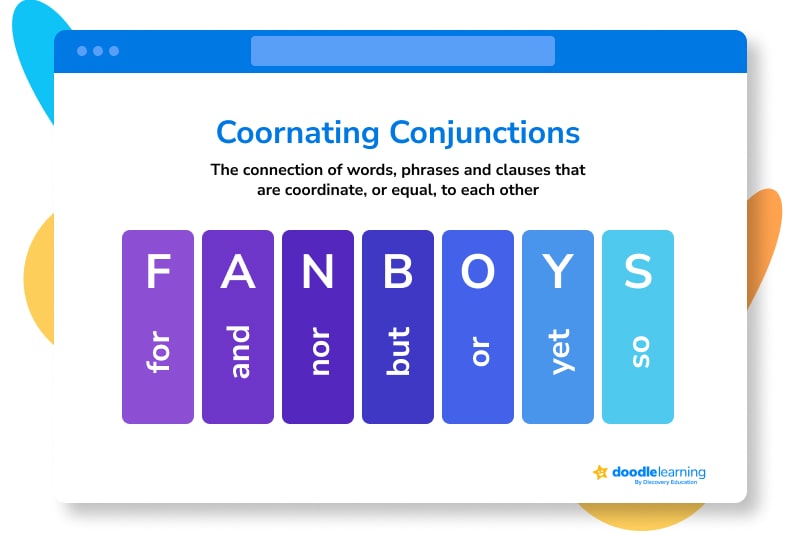

NAPLAN Year 5 explained: format, scoring, and practical tips to help your child feel confident and prepared.

Author
Robyn Oliver
Published
October 2025


Key Takeaways
Table of contents
NAPLAN, which stands for National Assessment Program in Literacy and Numeracy, is a series of assessments that students in Year 5 in both public and private schools across Australia participate in. All children in Australia have the opportunity to participate in Year 5 NAPLAN assessments, including those from families who choose to homeschool or enroll in distance learning. While it is highly recommended that children participate, the assessments are not mandatory, and a child can be withdrawn from the assessments. The NAPLAN results provide schools with detailed evidence that allows teachers to adjust their programs to meet the needs of their students. They can also support whole school improvement and identify areas where teachers can develop their professional knowledge.
NAPLAN tests are delivered within a nine-day window, typically in March. This window gives schools the flexibility to manage technology and scheduling. It also allows students who are absent on the day a test is scheduled to sit a catch-up assessment later in the period. While schools choose their specific dates within this timeframe, they must administer the tests in the correct national sequence.
Many children worry about the pressure of assessments; this is a natural feeling for both children and adults. In this guide, we will explore tips on how to prepare children for NAPLAN, building confidence, resilience, and a strong sense of mental well-being.
Each NAPLAN test will run for a different duration; these durations change depending on the year group. For year 5 students, the test durations are set out below:
Unlock unlimited maths questions
Put your skills to the test with fun exercises + maths games that are proven to boost ability!
The NAPLAN Year 5 writing test will ask students to write a complete, structured, and coherent text in response to a specific prompt. This piece of text could be either persuasive or narrative, so students need to be confident with both styles of writing. A narrative text could show an image of an old building with the question, “Two boys find an old abandoned building, one boy wants to enter the building, the other boy does not, what happens next?”.
A persuasive writing text will ask the student to write an argument for something. This could be “Write a piece of text in response to this statement, schools should change to a four-day school week, you may argue for or against this statement”.
The reading test will ask the student to answer a variety of short written response-style questions, multiple choice questions, image interaction questions, and drag-and-drop style questions. The reading test will assess a student’s ability to interpret information and read between the lines, for example, “Sophie quickly slammed the door shut.” Why did Sophie quickly slam the door shut? Students will be required to read, recall, and interpret factual information from within the writing.
Students may also be asked to analyse and explain elements of persuasive writing, for example, “Why did the author choose to add pictures of baby penguins to their Save The Penguin! Poster?”.
The language test will assess a student’s knowledge in the three areas: spelling, grammar, and punctuation. The test will ask questions based on the Australian National Curriculum, formatted in multiple-choice, drag-and-drop, and text-entry formats.
→ Prefixes are placed before a word, for example, un•fair.
→ Suffixes are placed at the end of the word, for example, plan•ing.
correspondences, eg, said.

Top tip! When remembering the conjunctions for compound sentences, remember the analogy “FANBOYS”.

The NAPLAN Year 5 maths test primarily focuses on assessing the skills and knowledge from the Year 4 curriculum, touching on the Year 5 curriculum. The test aligns with the Australian Curriculum’s three main focus strands,
The main style of questions asked is multiple-choice. Students will usually be given a question and four answers to choose from. For example, a shop sells bags of 6 apples. If the shop made up 10 bags and had 4 apples left over, what was the total number of apples?
A. 7
B.64
C. 86
D. 54
Australian Curriculum, Assessment, and Reporting Authority does not recommend intensive studying in the lead up to NAPLAN and recommends focusing on a healthy routine. A healthy routine should be balanced, offering opportunities for revision and practice, but also offering opportunities for children to practice their mindfulness skills. Through developing mindfulness skills such as deep breaths, stretching, and developing ground techniques, children can learn to feel calm during environments that provoke a stress response, such as NAPLAN for some children. An important factor in children being able to practice mindfulness is their health. If a child is tired, thirsty, or hungry, these factors will become distracting and can prevent a child from holding focus. Before NAPLAN tests, ensure children have eaten, drunk water, and had the opportunity to use the bathroom. Families can support a child’s health at home by ensuring bedtimes are kept reasonable for the child’s age and that children start their day with a balanced breakfast.
You can turn literacy revision into a fun, effective learning activity by making it all about your child’s interests! To ensure they genuinely engage with the material and improve their understanding, have them choose a book or magazine that excites them. Once they finish reading, ask questions to challenge their comprehension and critical thinking. Extend this with an activity such as creating their own article for the magazine, designing a poster to advertise the book, or even writing a new and unexpected ending for the story.
Maths is all around us, and sometimes we don’t even realise it! Balance your child’s academic learning with fun games such as:
Doodle Maths has lots of fun, interactive games that can be done online or offline. The Doodle Maths App offers a personalised, adaptive approach, tailored to your child’s current strengths and needs.
A supportive environment focuses on acknowledging progress and not perfection, celebrating the small wins and building confidence, resilience, and self-esteem. Remember, NAPLAN results do not define your child’s ability to succeed.
NAPLAN assesses against a set of proficiency standards. There are four proficiency standards that all year groups and all subjects are marked against.
The goal for most students is to meet the “strong” proficiency standard.
The NAPLAN 2026 Year 5 test window will start on Wednesday, 11 March 2026, and conclude on Monday, 23 March 2026. Schools are expected to complete the writing test on the first day of the window.
Preliminary student reports are expected to be delivered to schools by April 2026, with final reports due by mid-June 2026. Families should receive their child’s results at the start of Term 3 (July 2026), and the NAPLAN 2026 Year 5 national results release is scheduled for August 2026.
I hope this guide has provided you with a clear understanding of the NAPLAN Year 5 format and, more importantly, enabled you to feel confident in supporting your child through their NAPLAN tests. Remember, official recommendations state to avoid intensive cramming and instead focus on establishing a healthy routine that prioritises well-being. These assessments do not define a child’s future, and the goal of the assessments is to form supportive plans and offer every child the best chance of success.
Lesson credits

Robyn Oliver
Robyn is a teacher, educational content creator, and mum to three. After completing a Bachelor of Childhood Studies and a Postgraduate Certificate in Early Childhood Education, she moved to Perth, WA, and has spent her career working in a range of early childhood services and schools. These days, she mixes relief teaching in local schools with creating practical, engaging resources and mentoring early childhood services. Her work is driven by a genuine passion for supporting children to grow and learn, and helping educators feel confident and inspired in what they do.

Robyn Oliver
Robyn is a teacher, educational content creator, and mum to three. After completing a Bachelor of Childhood Studies and a Postgraduate Certificate in Early Childhood Education, she moved to Perth, WA, and has spent her career working in a range of early childhood services and schools. These days, she mixes relief teaching in local schools with creating practical, engaging resources and mentoring early childhood services. Her work is driven by a genuine passion for supporting children to grow and learn, and helping educators feel confident and inspired in what they do.

Parents, sign up for a DoodleMaths subscription and see your child become a math wizard!

Book a chat with our team
If you’d like to use Doodle’s browser version, please visit this page on a desktop.
To log in to Doodle on this device, you can do so through our apps. You can find out how to download them here: